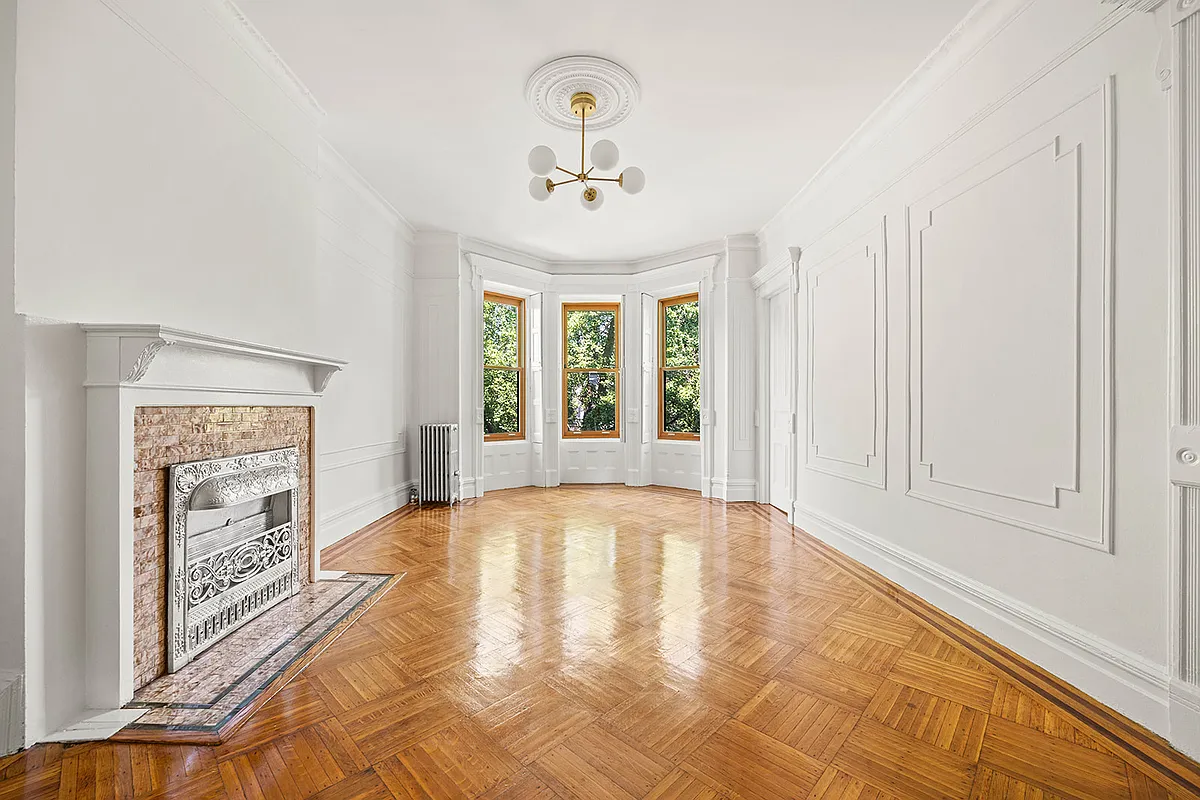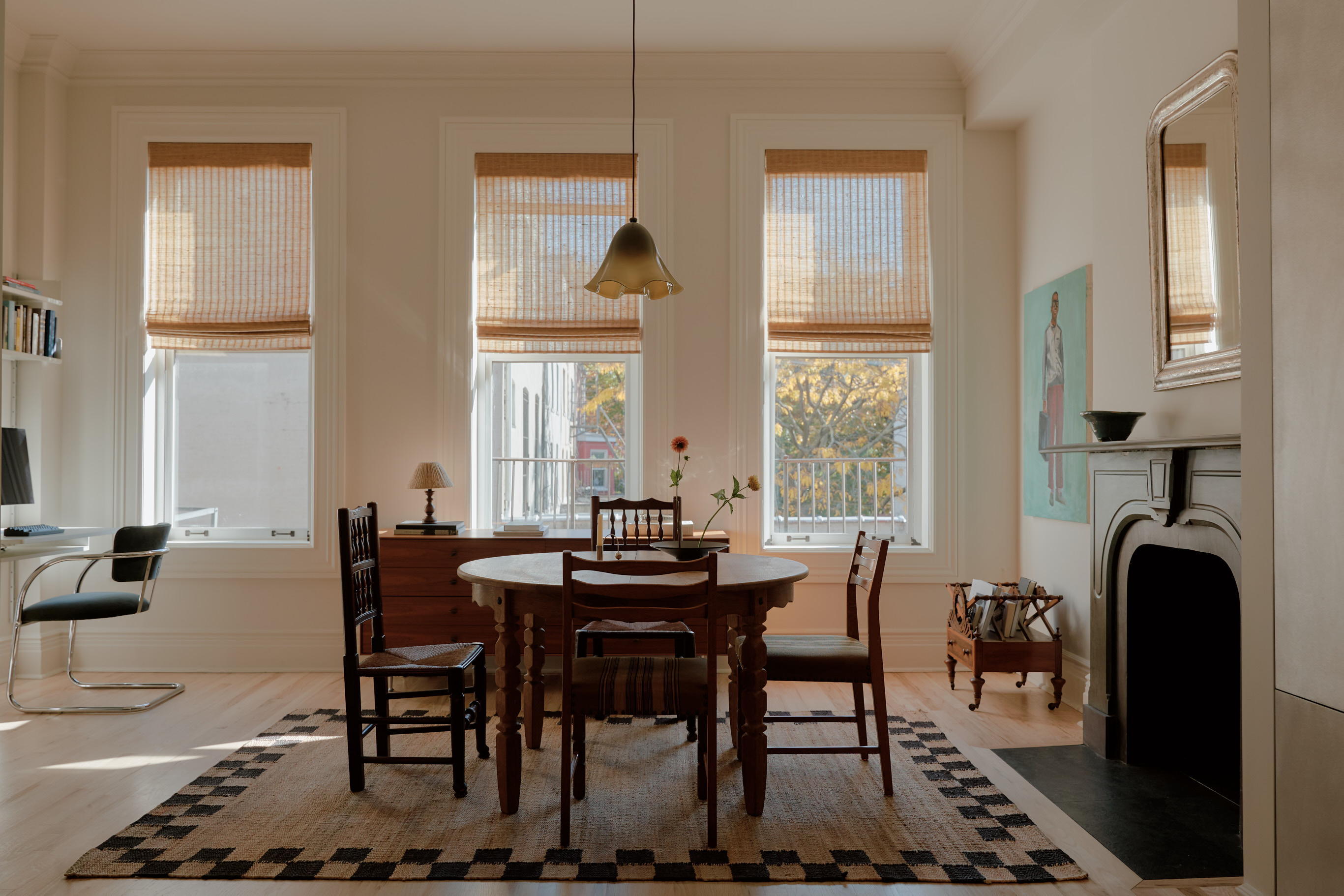Brooklyn Heights Pilasters: Original or Not?
We were visiting a friend’s new house–a 5-story brick circa 1850–in Brooklyn Heights last week and were struck by these columns pilasters on his parlor floor. We weren’t sure if they were original or not, but we gather that the next door neighbor has identical ones. Can any architectural historians out there shed some light…
We were visiting a friend’s new house–a 5-story brick circa 1850–in Brooklyn Heights last week and were struck by these columns pilasters on his parlor floor. We weren’t sure if they were original or not, but we gather that the next door neighbor has identical ones. Can any architectural historians out there shed some light onto the situation?





Oh, and I’m not Charles Lockwood, but thanks for the compliment, Roz. He’s the guy to ask, though! Great idea!
Strawberry Hill is really more of what is called an “architectural folly.”
Sorry, but there’s no way you can call that a strict example of Gothic Revival. A bastardization, maybe even a period bastardization (I’d have to see it), but not a true exponant of the movement. For what it’s worth, I have a doctorate in medieval art and architecture from the Courtauld Institute of the University of London. However, I could be wrong. I’m not a revivalist or a Victorianist by training. But I will say with authority that you would never see a true Gothic or Gothic Revival compound pillar/pillaster without a true acanthus cap or terminus.
I’m nervously jumping in with an ever so ‘umble opinion. The 6:53pm poster sounds very knowledgeable but, speaking only as a diehard fan of the gothic revival style (one of my favorites of this period is Strawberry Hill — half villa, half castle — in Twickenham, nr London) I’d say they look original. Why not try emailing Charles Lockwood — author of every brownstone owner’s bible BRICKS AND BROWNSTONE — unless 6:53pm is the man himself.
I would not call these Gothic Revival, per se. Gothic architecture, and Gothic Revival architecture of the Pugin variety, is characterized by highly ornate acanthus style capitals. These appear to caps, but could be interpreted as pilasters or compound columns that terminate without caps. In any case, they do not adhere strictly to the definition of Gothic Revival.
These are possibly modified Egyptian Revival, the caps being some take on papyrus caps. This could put them as late as the 1920s.
They could well be original, if the 1850 date is correct. Gothic revival was popular then (yes, they’re Gothic). Interesting combination of Gothic and Classical forms. If the neighbor has the same decoration, that also supports originality, since most brownstones were spec developments by builders working in bulk (2+ buildings).
My house (ca. 1830) has one Greek Revival mantel and a later Gothic revival mantel, which corresponds roughly to the date the house was enlarged (mid to late 1840s). Interestingly, they moved the Greek Revival mantel into the addition, and put the Gothic mantel in the old part of the house.
They actually look fake to me (and I’m no expert either), but realistically who’s going to go to the trouble of adding something like that to their house? Usually, what happens over time is people take stuff out.
What style would a pilaster like this be from? (i.e. Federal, Gothic Revival etc.)?
I’m not an archetectural historian, I only play one at home. If I had to guess, I would call them original. Just an impression.
Archiecturally speaking, I do beleive it would be more correct to call these pilasters, rather than columns.